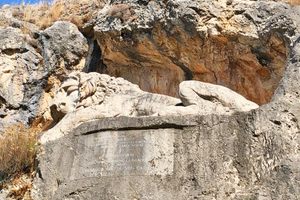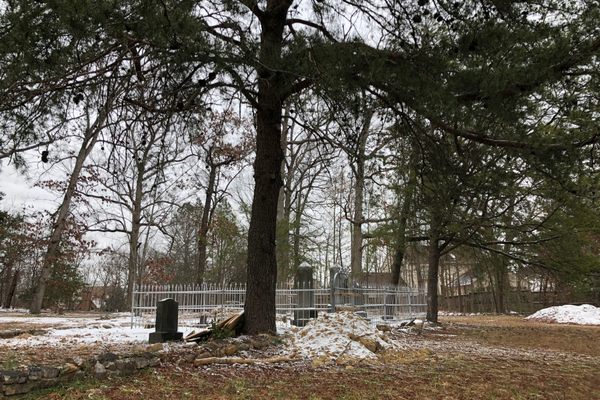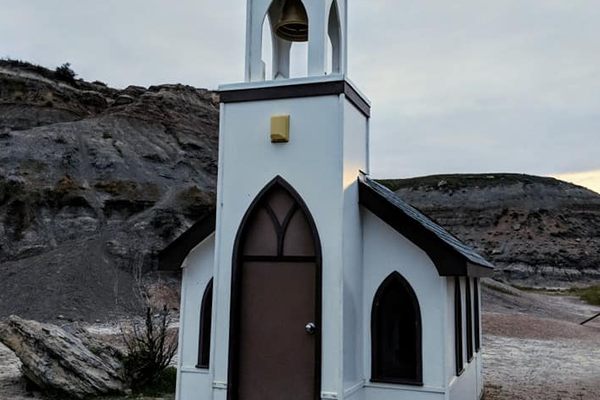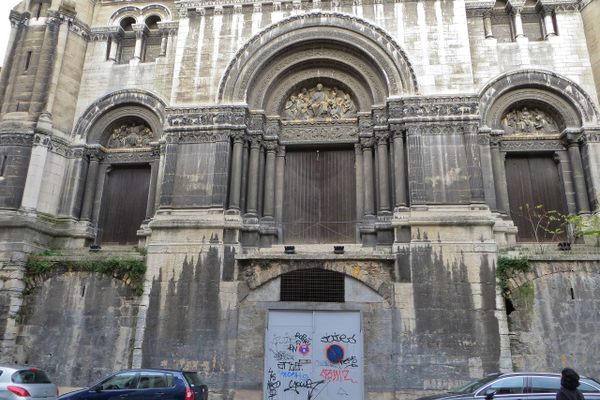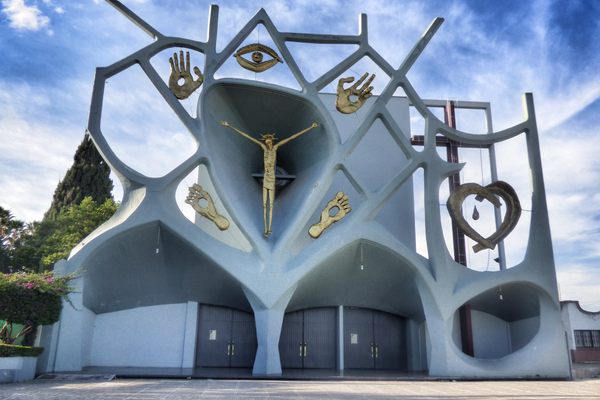About
When the Republic of Venice captured Nafplio from the Ottoman Empire in 1686 during the Morean War, the predominately Catholic Venetians allowed the local population to practice freedom of religion. During this time, the Greeks built the Greek Orthodox Church of Agioi Pantes. The church was unique in that it was built into a lower portion of the rock of Palamidi, the largest hill in the city and the location of the largest fortresses in the area. Due to the church being outside the city walls, a cemetery was established behind the church.
When the Ottomans reconquered the city in 1715, they converted many of the churches to mosques and/or government buildings. In an effort to further limit Christian religious services, it was decided that only one of the remaining churches would be allowed to hold services. To make it difficult for the local worshipers, the tiny Church of Agioi Pantes was selected.
Nafplio remained under Ottoman occupation until it was named the capital of the First Hellenic Republic at the start of the Greek War of Independence in 1821. While Nafplio was the capital of Greece many dignitaries attended services there. Additionally many heroes of the war were buried in the cemetery both during the war and after.
When King Otto arrived in Greece in 1833 to ascend to the throne, more than 3,500 Bavarian troops arrived with him to act as royal guards. In 1834, a typhoid epidemic hit Nafplio and many members of the royal guard perished of the disease. These royal guards were buried in the cemetery of the Church of Agioi Pantes near the heroes of the Greek revolution.
The church has serviced the local area uninterrupted since independence was won; however, in 1852 the cemetery was closed. At this time, many gravestones were pulled and set as the base to the stairs leading up to and around areas of the church. The remains of most of the Bavarian soldiers were exhumed and moved to the crypt of the Catholic Church of Metamorphosis Tou Sotiros, while the remains of the rest were moved to the new cemetery just to the northeast in an area known as the Bavarian Monuments.
Related Tags
Know Before You Go
The church is open sporadically during the week, holds liturgy every Sunday, and celebrates a feast annually on the first Sunday after Pentacost (50 days after Greek Orthodox Easter).
The area in front of the church has a great view of the city, bay and up to the Fortress of Palamidi. The Lion of Bavaria is 50 meters below the church.
Dress codes vary from church to church in Greek Orthodoxy. If you wish to enter the church, a proper show of respect to the church and its members is achieved by modest clothing and proper behavior. For men shorts, tank tops/sleeveless shirts and sandals/flip flops are frowned upon. Women's shoulders should not be shown in church so anything strapless or with thin straps should be avoided. Skirts and dresses should at a minimum come below the knee. Some churches ask that no leg be shown. Feet should be keep on the ground when seated, as is considered insulting for feet to face holy images.
Community Contributors
Added By
Published
November 18, 2019



























